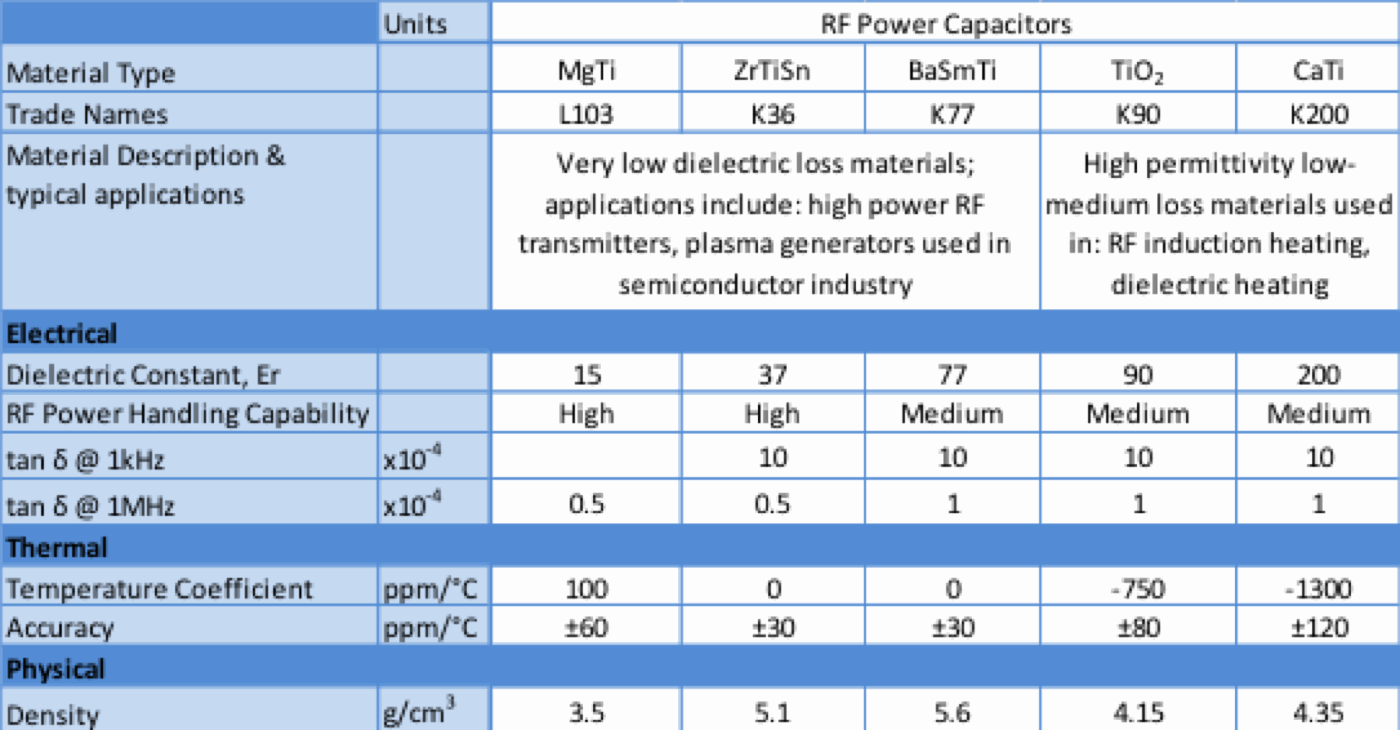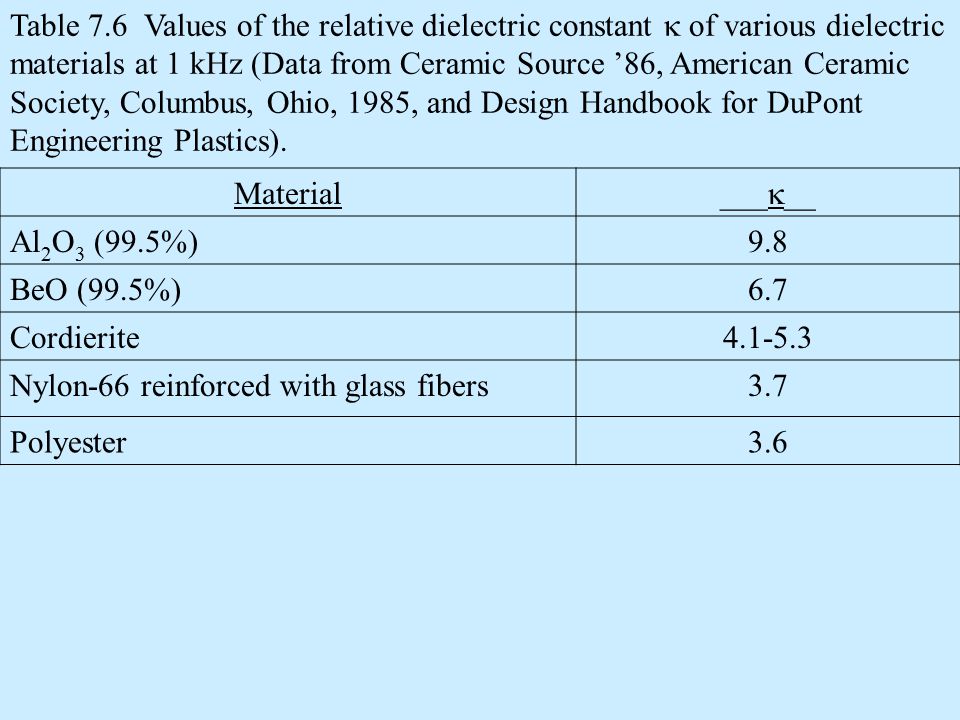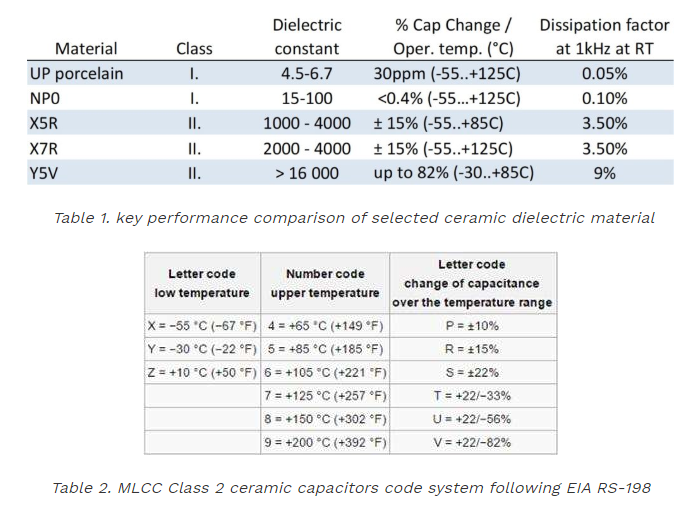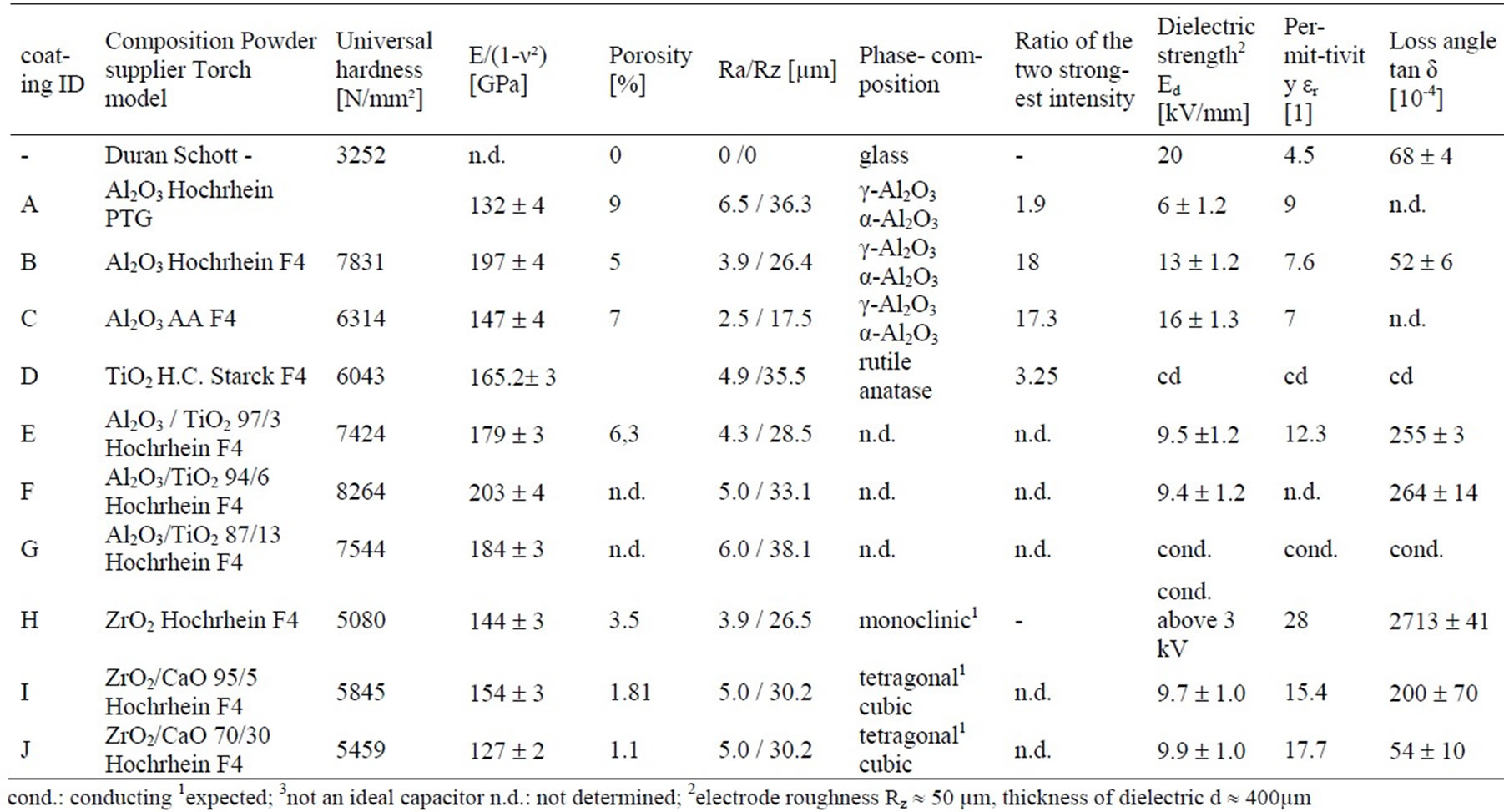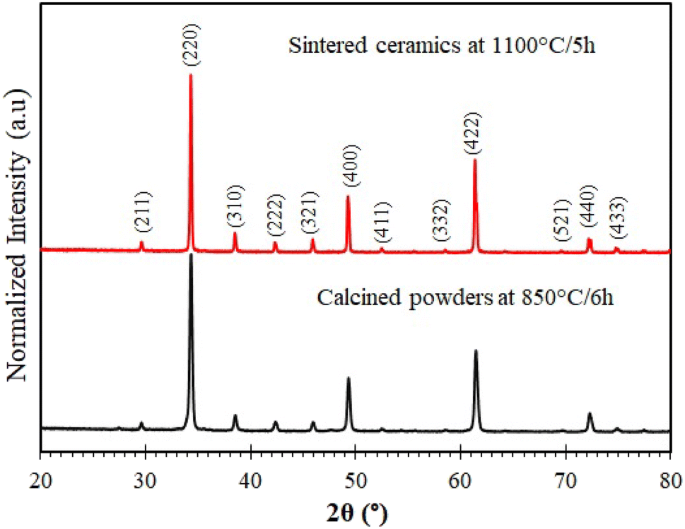F dielectric constant abs resin lump 2 4 4 1 abs resin pellet 1 5 2 5 acenaphthene 70 3 acetal 70 3 6 acetal bromide 16 5 acetal doxime 68 3 4 acetaldehyde 41 21 8 acetamide 68 4 acetamide 180 59 acetamide 41 acetanilide 71 2 9 acetic acid 68 6 2 acetic acid 36 degrees f 36 4 1 acetic.
Ceramic dielectric constant table.
Relative permittivity is the ratio of the permittivity of a substance to the permittivity of space or vacuum.
First as the temperature increases the reduction of relaxation time and the enhancement of polarization capability led to the increase of ε of mzp.
Measurements using dielectric constants and capacitances table of dielectric constants of substances.
Relative permittivity can be expressed as ε r ε ε 0 1.
Dielectric constant table xls acetone 127 f 17 7 acetone 32 f 1 0159 acetonitrile 70 f 37 5 acetophenone 75 f 17 3 acetoxime 24 f 3.
Automotive aviation business communications computer construction electronics.
Search or browse our site.
Relative permittivity dielectric constant.
This table lists dielectric constants relative dielectric constants of various substances in alphabetical order.
The dielectric constant is defined as the relative permittivity for a substance or material.
The dielectric constant also called the relative permittivity indicates how easily a material can become polarized by imposition of an electric field on an insulator.
The dielectric constant of a vacuum is considered to be 1 0.
The relative dielectric constant k is the ratio of the amount of charge that an element constructed from the ceramic material can store relative to the absolute dielectric constant 0 the charge that can be stored by the same electrodes when separated by a vacuum at equal voltage 0 8 85 x 10 12 farad meter.
Although these terms may be seen to be related it is often important to use the correct terms in the required place.
Dielectric constants of common materials materials deg.
The reasons are as follows.
Ceramic materials offer a number of benefits in a variety of applications.



